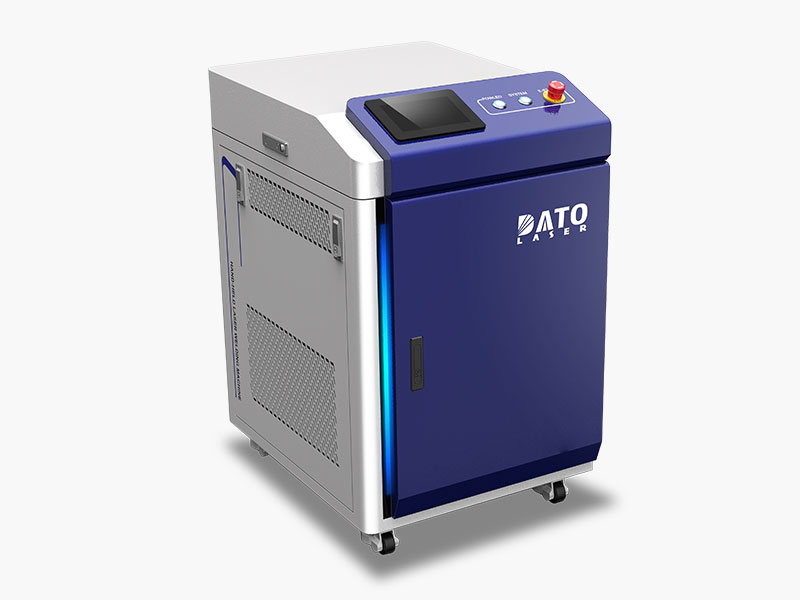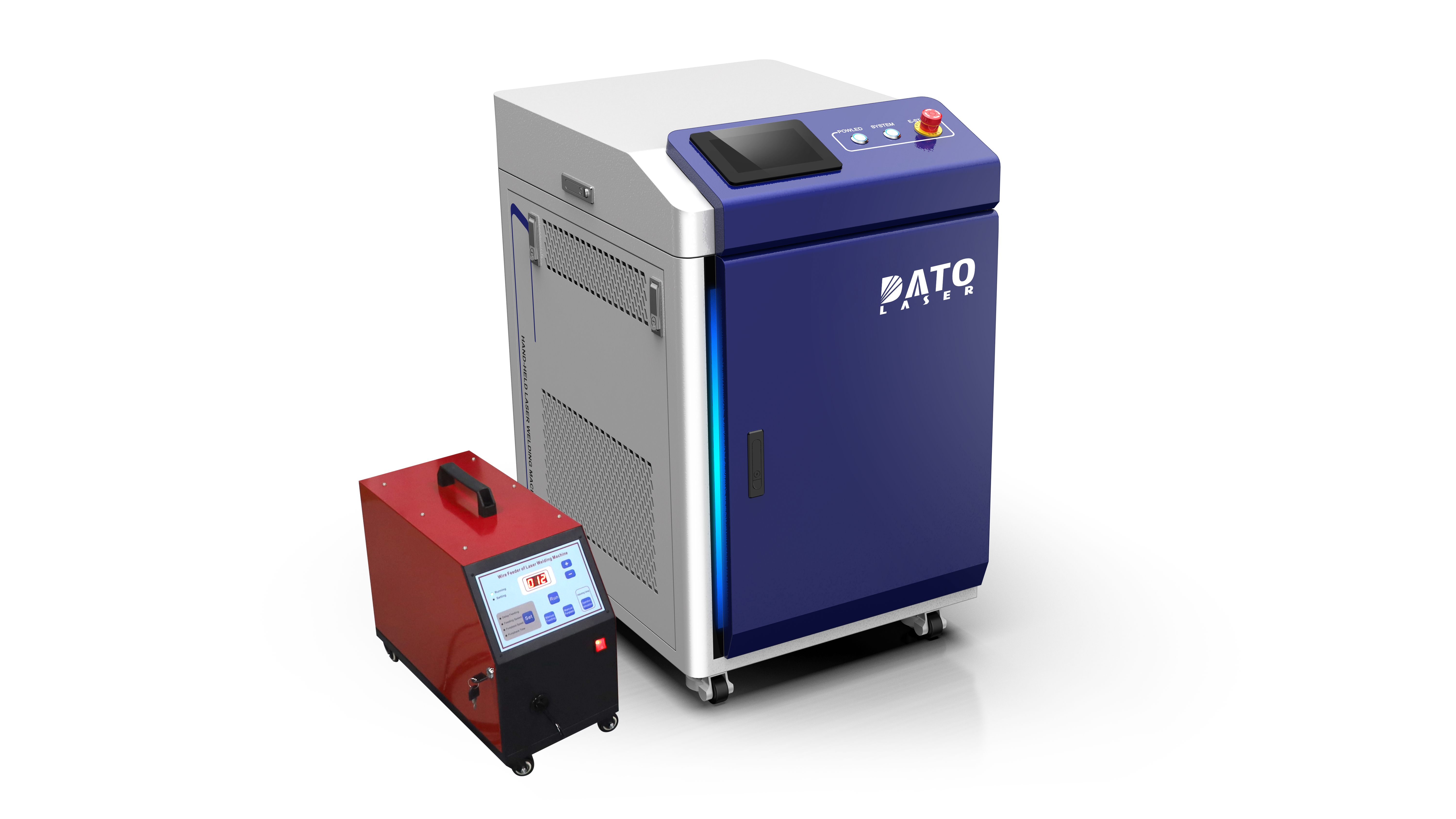Fiber Laser Cutting Machines vs. Plasma Cutting Machines: A Comprehensive Comparison

In the realm of industrial cutting technologies, fiber laser cutting machines and plasma cutting machines stand out for their precision, efficiency, and versatility. As industry leaders in laser machinery, Dato and Leapion provide cutting-edge solutions tailored to diverse manufacturing needs. This article delves into the key differences between these two technologies, helping you make an informed decision for your specific applications.
Understanding Fiber Laser Cutting Machines
Fiber laser cutting machines utilize a high-powered laser beam generated through optical fibers doped with rare-earth elements such as ytterbium. This technology is renowned for its exceptional beam quality, high energy efficiency, and ability to cut through a wide range of materials with remarkable precision.
Key Features of Fiber Laser Cutting Machines:
Precision and Accuracy: Superior beam quality enables intricate cuts with minimal kerf width and high edge quality, ideal for applications requiring fine detail and tight tolerances.
Material Versatility: Effectively cuts various materials, including metals (stainless steel, aluminum, copper) and non-metals (plastics, composites).
Energy Efficiency: Highly efficient, converting a significant portion of electrical energy into laser light, which reduces operational costs.
Speed and Productivity: High cutting speeds enhance productivity, suitable for high-volume manufacturing environments.
Low Maintenance: Fewer moving parts lead to lower maintenance requirements and increased reliability.

Exploring Plasma Cutting Machines
Plasma cutting machines employ a high-velocity jet of ionized gas (plasma) to melt and expel material from the cut. This method is particularly effective for cutting thick metal sheets and is widely used in industries such as automotive, construction, and shipbuilding.
Key Features of Plasma Cutting Machines:
Thickness Capability: Excels in cutting thick materials (1mm to 50mm), making them suitable for heavy-duty applications.
Cost-Effectiveness: Generally more affordable than fiber lasers, both in initial investment and operational costs.
Material Compatibility: Primarily used for conductive metals (steel, stainless steel, aluminum) but can handle non-conductive materials with specialized techniques.
Portability: Many systems are portable, allowing for on-site cutting operations, advantageous in construction and field maintenance.
Cutting Speed: Offers fast cutting speeds, especially for thicker materials, enhancing overall productivity.
Comparative Analysis: Fiber Laser vs. Plasma Cutting
Cutting Precision and Quality:
Fiber Laser: Superior precision and edge quality, preferred for intricate designs and smooth finishes.
Plasma Cutting: Effective for thicker materials but may result in rougher edges and wider kerf widths.
Material Thickness:
Fiber Laser: More effective for thin to medium-thickness materials (up to 25mm).
Plasma Cutting: Handles thicknesses up to 50mm or more.
Energy Efficiency and Operational Costs:
Fiber Laser: More energy-efficient, leading to lower operational costs over time.
Plasma Cutting: Initially less expensive but may incur higher energy consumption and maintenance costs.
Application Scope:
Fiber Laser: Versatile for a wide range of materials and applications, including fine metalwork, electronics, and medical devices.
Plasma Cutting: Primarily used in industries requiring thick metal sheet cutting, such as construction and heavy machinery.
Maintenance and Durability:
Fiber Laser: Requires less maintenance due to solid-state design and fewer consumable parts.
Plasma Cutting: Involves consumables (electrodes, nozzles) that need regular replacement.

Conclusion
Choosing between fiber laser cutting machines and plasma cutting machines depends on your specific manufacturing needs. Fiber lasers offer unmatched precision, versatility, and energy efficiency, making them ideal for applications requiring fine detail and high-quality finishes. Plasma cutters, with their ability to handle thick materials and cost-effectiveness, are better suited for heavy-duty industrial applications.
At Dato and Leapion, we are dedicated to providing advanced laser cutting machine solutions that meet the highest standards of quality and performance. Whether you opt for fiber laser cutting or plasma cutting, our team is here to support you with cutting-edge technology and exceptional customer service.
By understanding the key differences between these two cutting technologies, you can make an informed decision that enhances your production efficiency and product quality. For more information on our laser cutting machines and other innovative solutions, visit our website or contact our expert team today.
Related Blogs
-
 Exploring the Safety, Precision, and Industrial Benefits of Laser Surface CleaningIn today’s fast-paced industrial world, where quality, efficiency, and sustainability are top priorities, manufacturers are constantly seeking better ways to clean metal surfaces without compromising material integrityBlog
Exploring the Safety, Precision, and Industrial Benefits of Laser Surface CleaningIn today’s fast-paced industrial world, where quality, efficiency, and sustainability are top priorities, manufacturers are constantly seeking better ways to clean metal surfaces without compromising material integrityBlog -
 A Complete Guide by DATO and LeapionIn modern industry, surface preparation and maintenance play a crucial role in achieving high-quality manufacturing results. Laser cleaning machines have emerged as one of the most innovative, efficient, and environmentally friendly tools for removing contaminantsBlog
A Complete Guide by DATO and LeapionIn modern industry, surface preparation and maintenance play a crucial role in achieving high-quality manufacturing results. Laser cleaning machines have emerged as one of the most innovative, efficient, and environmentally friendly tools for removing contaminantsBlog -
 Laser cleaning machines are revolutionizing industrial surface cleaning by offering a faster, safer, and more eco-friendly alternative to traditional methods. Whether removing rust, paint, oil, oxide, or other surface contaminants, laser cleaning has become a cutting-edge solution in manufacturing,Blog
Laser cleaning machines are revolutionizing industrial surface cleaning by offering a faster, safer, and more eco-friendly alternative to traditional methods. Whether removing rust, paint, oil, oxide, or other surface contaminants, laser cleaning has become a cutting-edge solution in manufacturing,Blog -
 Introduction: Transforming EV Battery Manufacturing Through Laser TechnologyThe electric vehicle revolution has accelerated dramatically over the past decade, bringing with it unprecedented challenges and opportunities in battery manufacturing. As global automakers commit billions to electrificationBlog
Introduction: Transforming EV Battery Manufacturing Through Laser TechnologyThe electric vehicle revolution has accelerated dramatically over the past decade, bringing with it unprecedented challenges and opportunities in battery manufacturing. As global automakers commit billions to electrificationBlog













